Samsung and SK Trim Mobile NAND Output “Strategic Shift Amid China’s Cutthroat Undercutting”
Input
Modified
AI Data Surge Drives Simultaneous Shortage of DRAM and NAND Flash Samsung and SK Scale Back Mobile, Pivot to AI Server Demand Kioxia of Japan Also Announces Massive Capacity Expansion
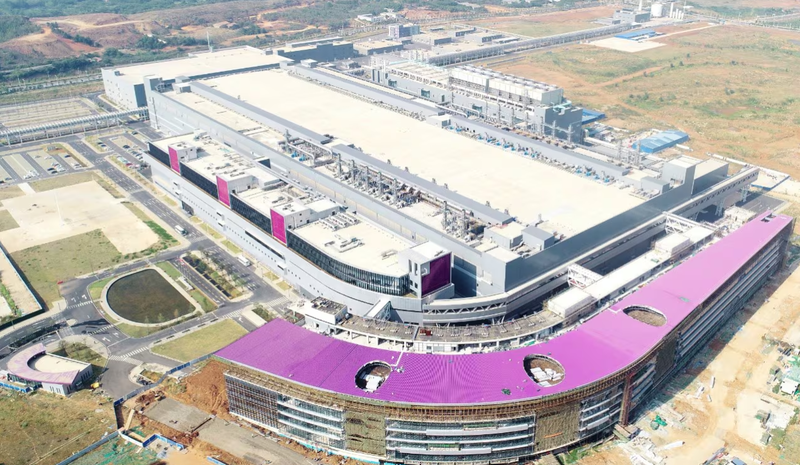
Samsung Electronics and SK Hynix are reducing their output of mobile NAND flash memory while accelerating the conversion of production lines toward server NAND chips, where demand is surging with the rise of artificial intelligence (AI). This strategic redirection comes as China’s Yangtze Memory Technologies Co. (YMTC) intensifies its low-cost offensive in the NAND market, eroding profitability in mobile NAND. Both Samsung and SK are reallocating resources toward NAND flash used in enterprise solid-state drives (SSDs) for data centers.
Chinese Undercutting Undermines Profitability of Mobile NAND
According to market research firm TrendForce on October 2, Samsung Electronics and SK Hynix are converting production facilities that previously manufactured NAND-based storage for smartphones—such as Universal Flash Storage (UFS) and Embedded Multi Media Card (eMMC)—into data center-oriented NAND lines. Micron Technology, which along with Samsung and SK forms the industry’s top three, has already exited the mobile NAND market altogether, opting to focus on SSDs, automotive memory, and mobile DRAM.
These production conversions have already caused supply shortages in the first half of the year, with both mobile and server NAND expected to experience temporary tightness in the second half. Samsung and SK, which had already been cutting output following YMTC’s capacity ramp-up, are now under sharper price pressure as YMTC penetrates the smartphone NAND segment faster and deeper than anticipated. Finding cuts alone insufficient to preserve margins, the two Korean chipmakers appear resolved to scale back mobile NAND and concentrate on the more lucrative AI data center segment.
In particular, Samsung and SK are targeting demand for large-capacity SSDs built on quad-level cell (QLC) NAND, increasingly favored in enterprise storage. QLC technology allows four bits of data per memory cell—compared with one for SLC, two for MLC, and three for TLC—delivering higher density suited for large-scale SSDs and server storage. However, this also raises the bar on durability, making stable implementation technologically demanding. If achieved, it yields high-value returns.
Kioxia Bets on Doubling NAND Output
Responding to the global memory supply squeeze, Japanese chipmaker Kioxia is also entering the race with an aggressive expansion plan. According to Nikkei Asia, Kioxia recently pledged to “double production within five years.” Tomoharu Watanabe, Kioxia’s executive vice president, told Bloomberg on September 30 that “demand from hyperscalers deploying generative AI chips is extremely strong,” forecasting that “the NAND market will expand about 20% annually.” This is fueled by soaring AI-driven data processing needs and by the replacement cycle for data center servers installed five to six years ago.
The AI data explosion is reshaping storage strategies. Traditionally, companies relied on cheaper hard disk drives (HDDs) for bulk data while reserving NAND SSDs for high-speed tasks. But with HDD demand straining supply, enterprises are increasingly opting for SSDs despite the higher costs.
This shift is driving NAND prices upward. JPMorgan has projected that rising enterprise SSD adoption will sustain NAND’s strength, while TrendForce anticipates NAND prices climbing 5–10% in the fourth quarter versus the prior period, propelled by HDD shortages. Kioxia plans to seize the moment, leveraging expanded capacity at its Kitakami Plant No. 2 and its Yokkaichi facilities to double output within five years—aiming to close the gap with Samsung and SK.
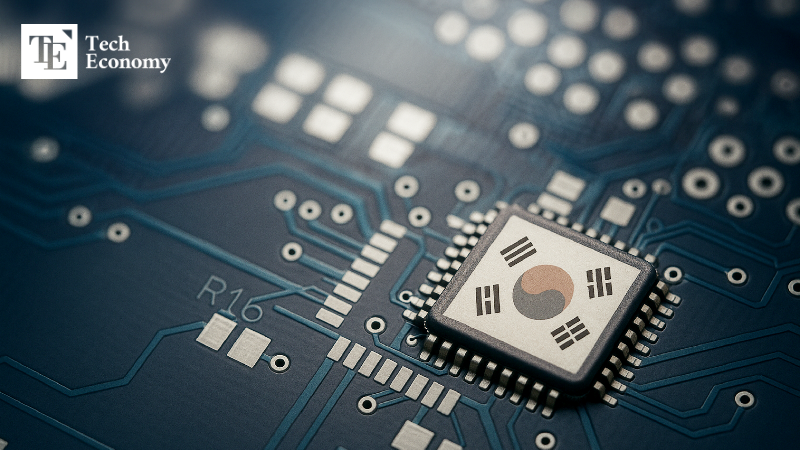
A Golden Age Entwined with Risk: Samsung and SK on Trial
Yet, the medium-term outlook for server NAND is not unambiguously bullish. Should AI demand falter or Chinese rivals expand capacity aggressively, oversupply risks will resurface. If accompanied by a global slowdown, corporate investment in data centers would inevitably contract.
The memory supercycle itself is a double-edged sword. After the 2018 boom, aggressive expansions by global players drove prices down, with contract prices halving by 2019. As demand cooled, inventories piled up and prices collapsed.
Meanwhile, narrowing technology gaps add pressure. NAND flash, long driven by Samsung and SK stacking cells vertically to increase density, has seen its lead eroded as Micron and YMTC catch up. In DRAM, Micron—long the distant third—recently developed a 1c DRAM (10nm-class, 11–12nm line width), following SK Hynix, underscoring its technological momentum. In high-bandwidth memory (HBM), competitors are also consolidating resources to prevent Samsung and SK from tightening their grip.
For Korean semiconductor champions, opportunities remain clear. Emerging industries such as AI, cloud computing, and autonomous driving demand ever-higher bandwidth and capacity. On the technology front, Samsung and SK retain undeniable advantages in HBM and EUV-based DRAM over global peers. Yet volatility is intrinsic to semiconductors. As one industry expert observed, “Unlike past cycles, this one may be extended by AI as a structural growth driver—but with more variables, the importance of responsive strategy has only grown.” For Samsung and SK, the present supercycle represents both a long-awaited golden era and an exacting trial.



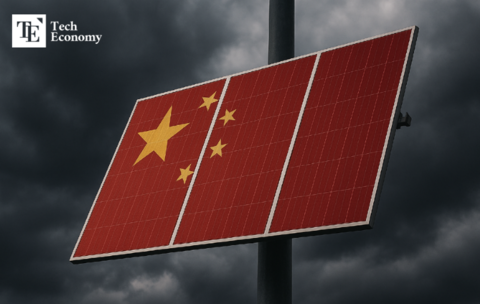
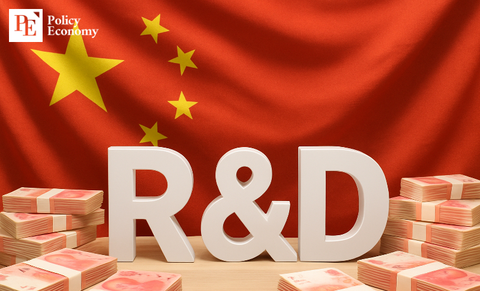
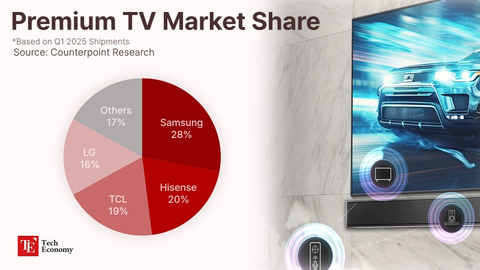
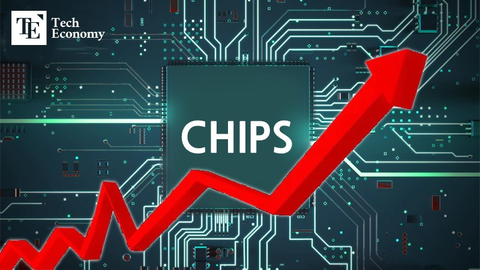
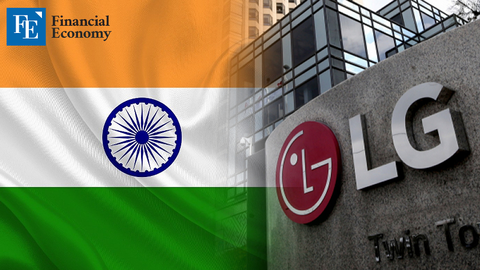
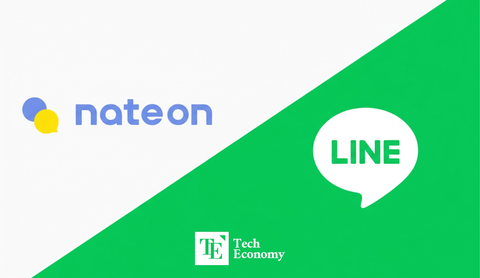












Comment